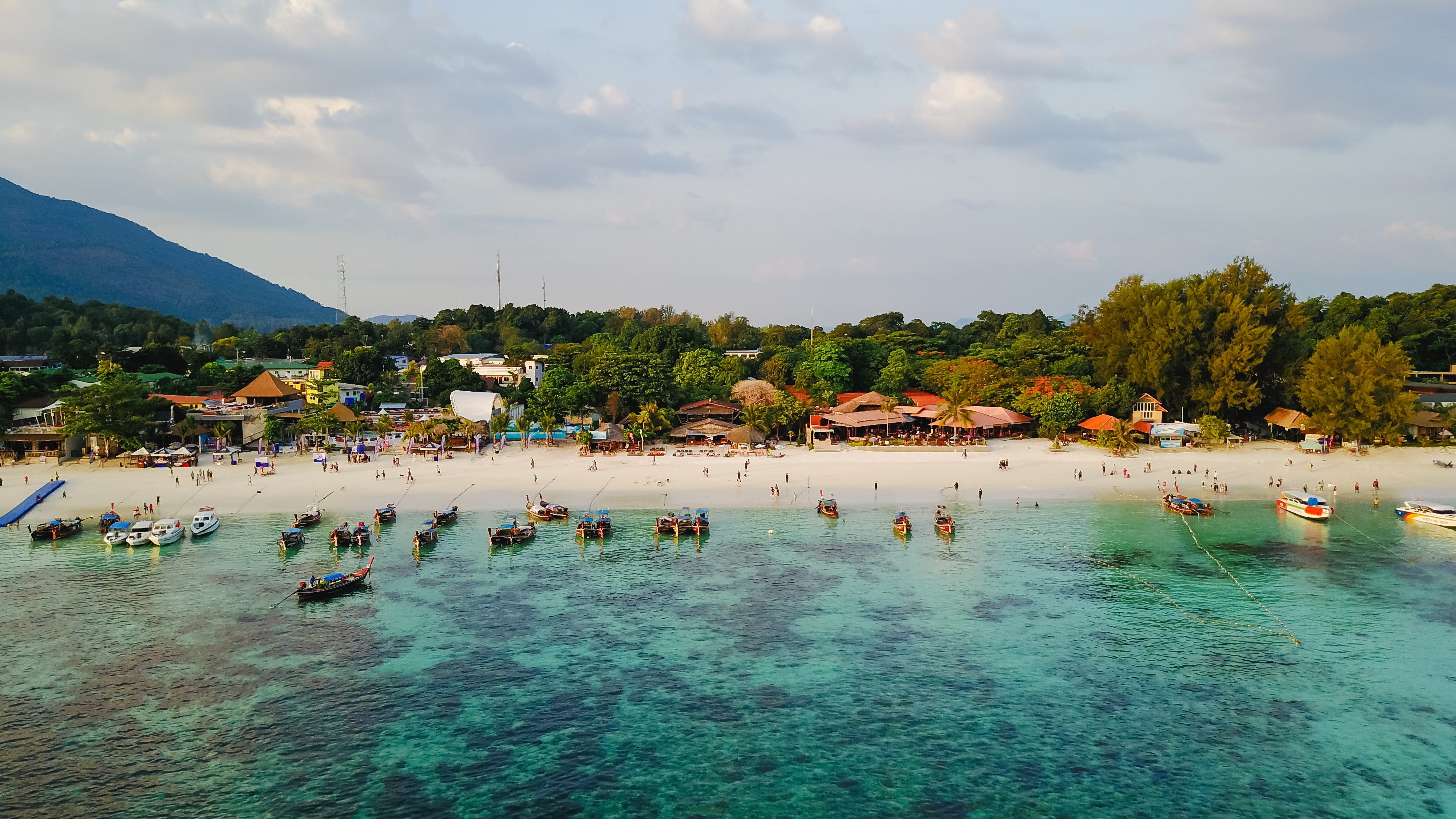General country information
 Roughly twice the size of the United Kingdom, Thailand has a similar sized population, at just under 70 million. The largest city is Bangkok with a population of over 8.3m.
Roughly twice the size of the United Kingdom, Thailand has a similar sized population, at just under 70 million. The largest city is Bangkok with a population of over 8.3m.
Thailand has often been described as a tropical paradise with a rich landscape and sunny southern islands surrounded by tropical waters. It is one of the most popular destinations in Asia known as the gateway to the rest of the Asia-Pacific region with one of the most active tourism industries in the world.
The landscape is diverse. From mountains and forests in the north, through the huge rice fields on the central plains and down to the tropical islands on the southern coast favoured by holidaymakers and property investors alike.
Roughly twice the size of the United Kingdom, Thailand has a similar sized population, at just under 70 million. The largest city is Bangkok with a population of over 8.3m.
Thailand climate has three seasons – monsoon (June to October), cool (November to February), hot  (March to May). The rainy season in much of Thailand commences in May with September and October being the height of the monsoon season (November to March in Koh Samui and the south east of the Thai peninsula). Thailand has borders with Burma, Laos, Cambodia, and Malaysia. It is landlocked to the north but has a long coastline to the south bordering onto the Gulf of Thailand to the south and east, and the Andaman sea to the west – where the major tourist resort of Phuket and neighbouring islands are to be found.
(March to May). The rainy season in much of Thailand commences in May with September and October being the height of the monsoon season (November to March in Koh Samui and the south east of the Thai peninsula). Thailand has borders with Burma, Laos, Cambodia, and Malaysia. It is landlocked to the north but has a long coastline to the south bordering onto the Gulf of Thailand to the south and east, and the Andaman sea to the west – where the major tourist resort of Phuket and neighbouring islands are to be found.
Despite political upheavals and the general rule of the military since 2014, Thailand remains a constitutional monarchy and respect towards the royal family is constant. It continues to have a very welcoming atmosphere and thriving tourist trade catering for all tastes from the huge influx of backpackers looking to experience the culture on a budget, to the discerning visitor looking for a luxury vacation. From culinary tours to some of the best scuba diving in the world, extreme sports to just relaxing on the many beaches. Thailand has something for everyone.
Rental yields on property in Thailand generally range from 5-8 per cent, with medium sized apartments and condominiums the most popular styles for foreign homebuyers and expats.
When purchasing property in Thailand the realtor’s commission is usually from 3% to 5%. There are complications surrounding the computation of the buying costs; stamp duty and specific business tax are based on the assessed value or declared value, whichever is higher.
As with all property purchase it is important to seek good legal advice. Both buyer and seller each pay for their own separate lawyer.
The Thailand system generally supports the landlord with the rental contract prevailing with regard to the rent, rent adjustments and any notices. The tenant has little security of tenure once the contract comes to an end or notice to vacate expires, and if they refuse to leave the landlord can call on the police to forcibly remove them. This means that no expensive court costs need be incurred by the landlord.
The economy of Thailand is growing steadily and tourist numbers are up by over 16 per cent year on year. With continued growth expected in both tourism and foreign direct investment, it now seems to be a good time to invest in the Thailand property market and claim your piece of tropical paradise.
Country information – Thailand
Area: 513,115 square kilometres
Population: 69.51m
Principal cities: Bangkok, Nokorn, Ratchasima, Chiang, Mai
Median age of population: 32.4
Language: Thai
Employment rate: 97.9%
Flying time from UK: 12.19 hrs
Currency: 1 Baht = 100 Satangs
Time difference from UK: GMT +7
Rate of inflation: 3.4%
International dialling code: 0066
GDP per person: 4,972
|
|
|||||
|
|

